A five-year long research project into bovine TB in wildlife led to only 108 badgers being culled, newly published research confirms.
The Test and Vaccinate or Remove (TVR) project involved badgers being caught and tested for TB in a 100km2 area near Banbridge, Co Down.
All badgers with negative results were microchipped, vaccinated and released, while TB-positive badgers were culled from the second year of the project onwards.
The cull rate was lowest in year three as only 11 badgers were removed, equating to 4.1% of captured badgers
The new research, published in the scientific journal Veterinary Record, states that over the five years of the TVR project, 1,412 vaccinations were administered.
The highest cull rate of 16.4% was seen in the first year that TB-positive badgers were removed (year two of the study), with 56 badgers culled in total.
The cull rate was lowest in year three as only 11 badgers were removed, equating to 4.1% of captured badgers.
In year four, 22 badgers were culled and 19 were removed in year five. Cull rates in years four and five worked out at 7.7% and 5.6% respectively.
The scientists estimate that 560 badgers were present in the study area, so the research suggests that from 48% to 61% of badgers within the population were captured in any given year.
Positives released
In the first year of the project, all badgers that were captured were released to allow scientists to study the ranging behaviour of badgers. However, the results of this work are not contained within the latest research paper.
Of the 280 badgers that were captured and released in year one, 180 were tested for TB and 21.1% gave positive results.
It means, aside from year three, the proportion of badgers that tested positive for TB reduced during each year of the project. Over the five-year period, 1,420 badgers were tested and 10.3% gave positive results.




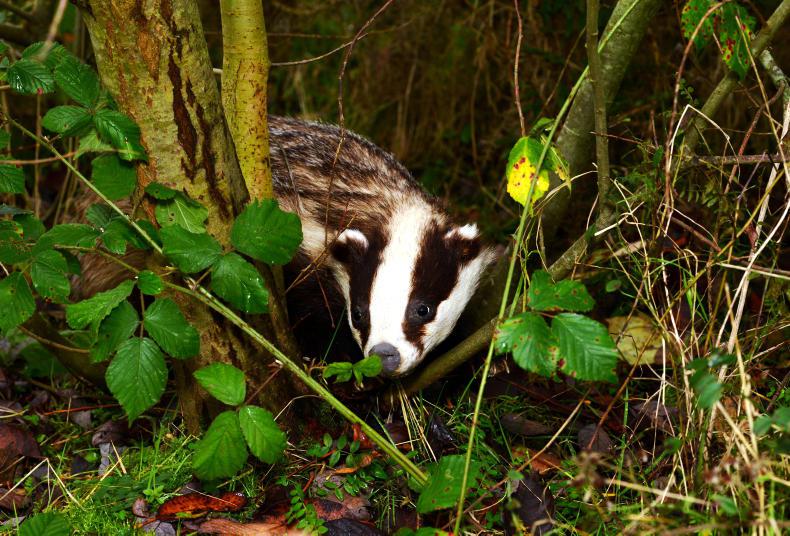
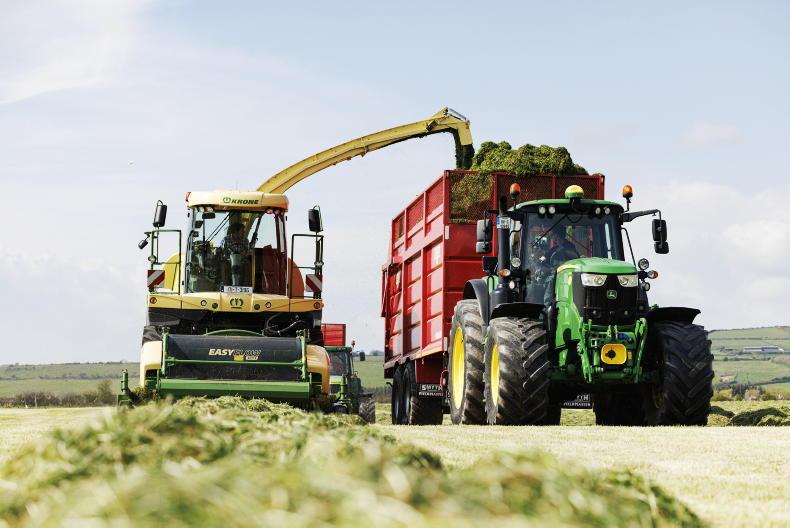
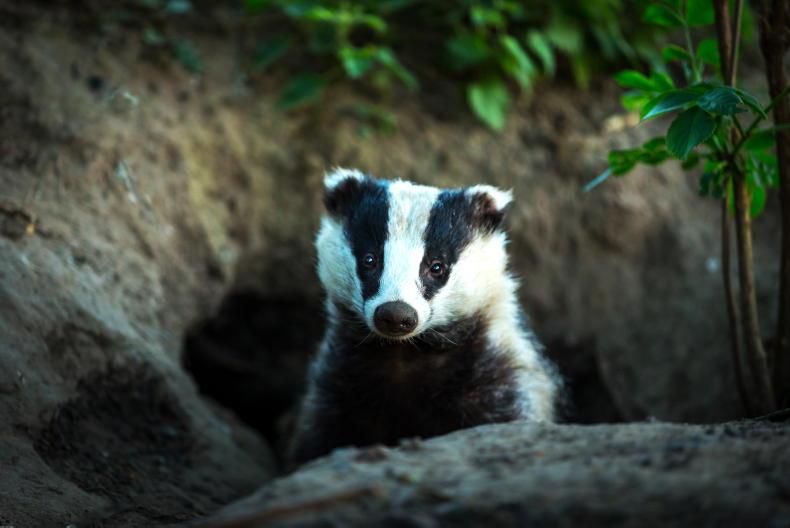
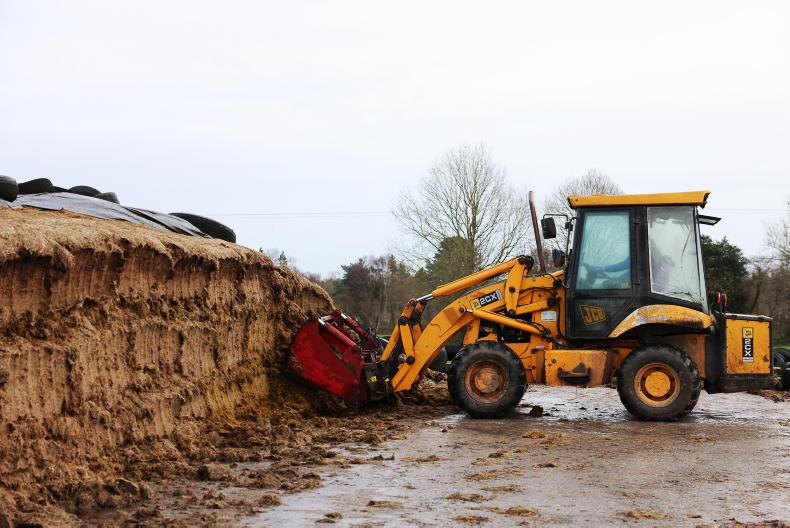
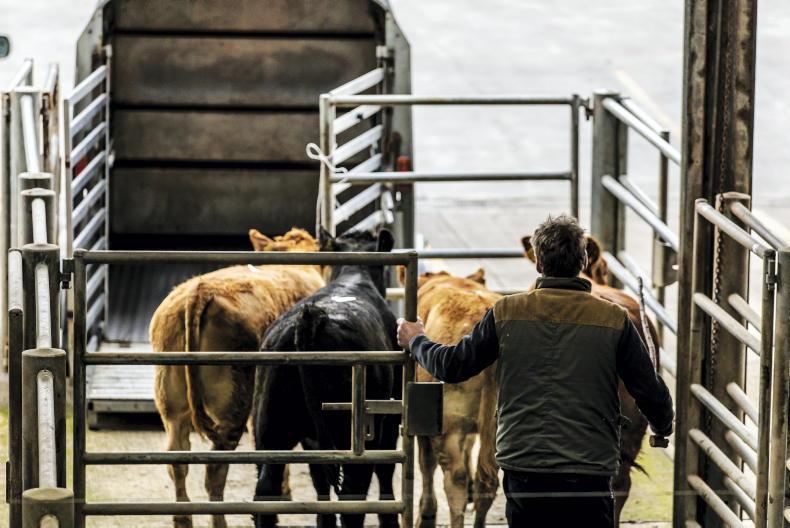
SHARING OPTIONS